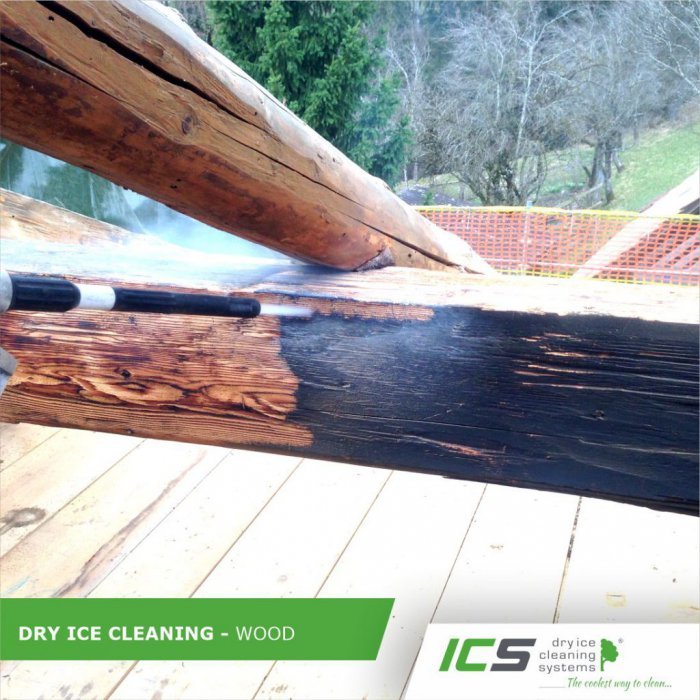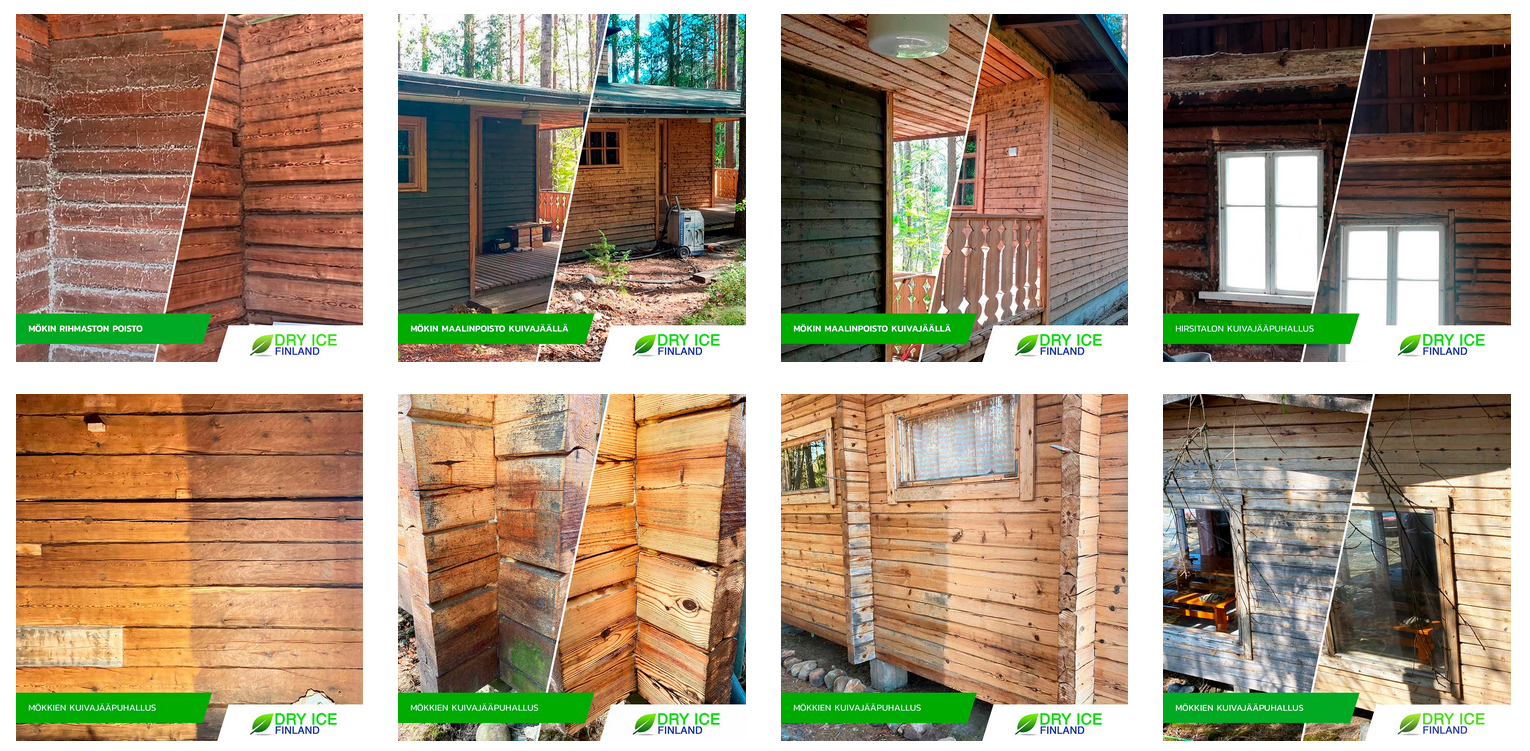 Made in Slovakia
Made in Slovakia ISO 9001
ISO 9001 Made in Slovakia
Made in Slovakia ISO 9001
ISO 9001 Dry ice blasting is one of the best ways to restore properties that have been damaged by smoke or fire. It is ideal for restoring wood, concrete, brick and building materials. This is a fast, dry treatment that leaves behind no residue.
Dry ice blasting is one of the best ways to restore properties that have been damaged by smoke or fire. It is ideal for restoring wood, concrete, brick and building materials. This is a fast, dry treatment that leaves behind no residue.
What makes dry ice so popular is that it is effective and efficient at removing smoke, odours, mould, soot and fire damage without degrading surface materials further. Dry ice cleaning saves you time and avoids the risk of surface damage caused by the potentially harmful substances used in traditional methods.
Fire damage is fraught with numerous issues, including stubborn odours that are difficult o get rid of. The benefits of dry ice cleaning include:
- Less time and money spent on cleaning
- No secondary waste
- No hazardous chemicals or abrasives
- Removes strong odours
- Environmentally friendly
- Poses no risk to electrical and plumbing systems
- Effective in hard-to-reach areas
- Removes all soot, mould, smoke and other unwanted substances
The benefits of dry ice cleaning far outweigh those of traditional cleaning methods. Traditional methods involve tedious sanding, wire brushing or other types of cleaning with various agents. While this can, of course, be effective, it could also damage the surface you are cleaning, plus it creates a lot of additional “waste” that also needs to be disposed of. Dry ice blasting will quickly and effectively remove black discolouration and odour in a fraction of the time compared to other methods, and it won’t damage the surface in the process. What’s more, there is minimal clean-up because dry ice blasting generates no by-product waste – the dry ice sublimates and vanishes back into the atmosphere. The only material that needs to be removed is the dislodged residue. Dry ice cleaning cleans thoroughly with less mess and fewer waste disposal costs. It also eliminates lingering odours from fire and smoke damage.
Examples of fire clean-up with dry ice cleaning:
- Walls, ceilings, floors and roofs
- Industrial kitchens and systems
- Grade 1 listed buildings
- Grade 2 listed buildings
- Cabins, businesses, flats and houses

Dry ice blasting is a non-destructive cleaning method. In very simple terms, dry ice blasting involves “blasting” a surface with compressed air and dry ice particles, usually in the form of dry ice pellets. Dry ice is a frozen form of carbon dioxide that transitions from a gas to a solid at temperatures of -78.5 °C, or -109.3 °F. Fine particles of CO2 (dry ice) are “blasted” onto the surface, where unwanted residues freeze and crack, allowing unwanted deposits to be removed completely. This non-destructive method of safely cleaning surfaces and/or removing unsightly deposits has become the method of choice when it comes to removing smoke soot, vaporised synthetic resins and charred materials associated with fire damage restoration.
Dry ice blasting is one of the best ways to restore surfaces that have been damaged by smoke or fire.